latest
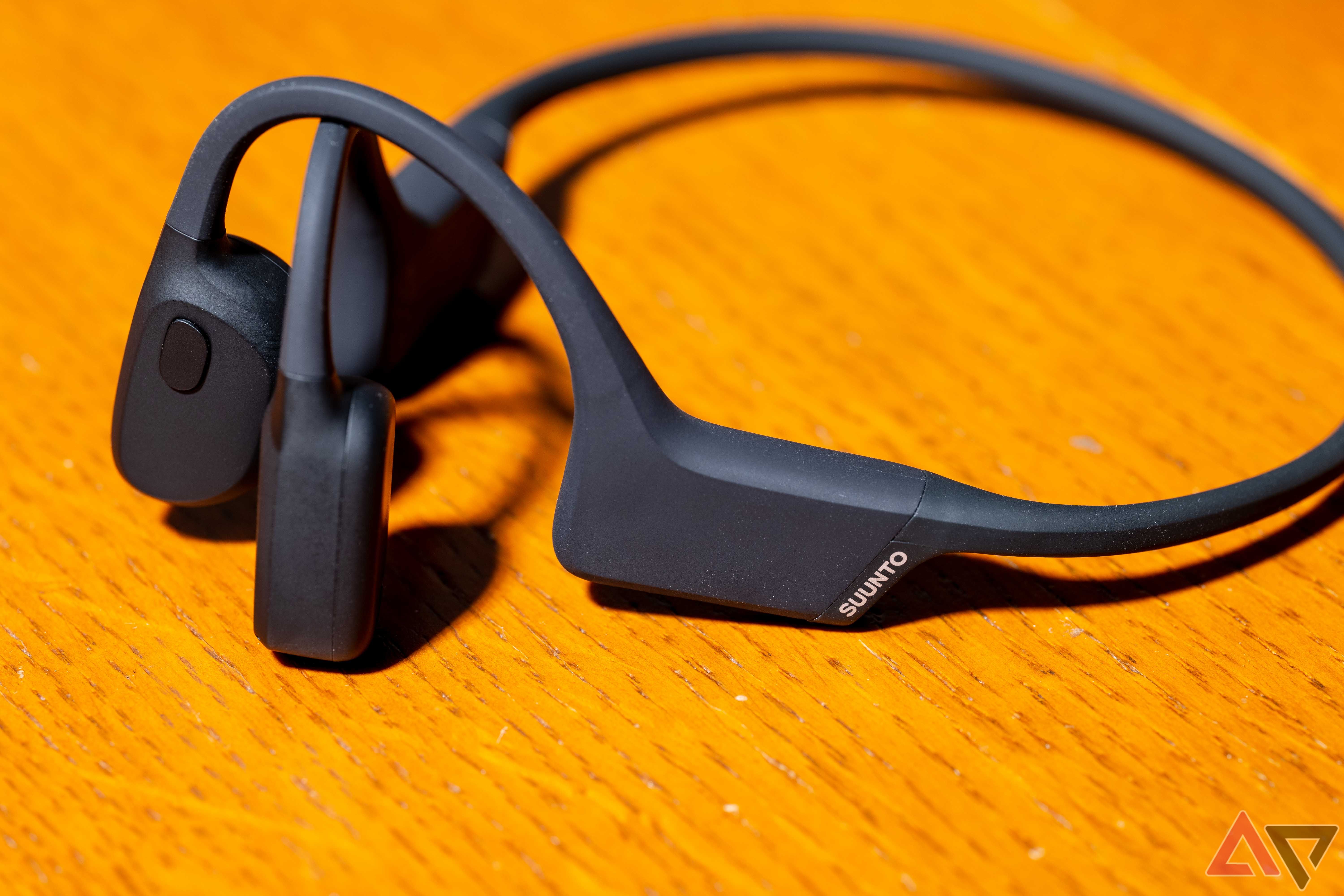
Suunto Sonic headset review: Bone conduction perfect for marathon listening sessions
Minimalist looks with premium features
The promises of bone-conduction headsets have always been alluring. How they work is actually quite remarkable. They tick a lot of boxes: not having to choose between hearing your music and your surroundings, no ear fatigue after hours of listening, and not being disruptively loud to those around you. Even the best bone conduction headsets aren’t without compromise, though some of them lack the bells and whistles found on the Suunto Sonics.
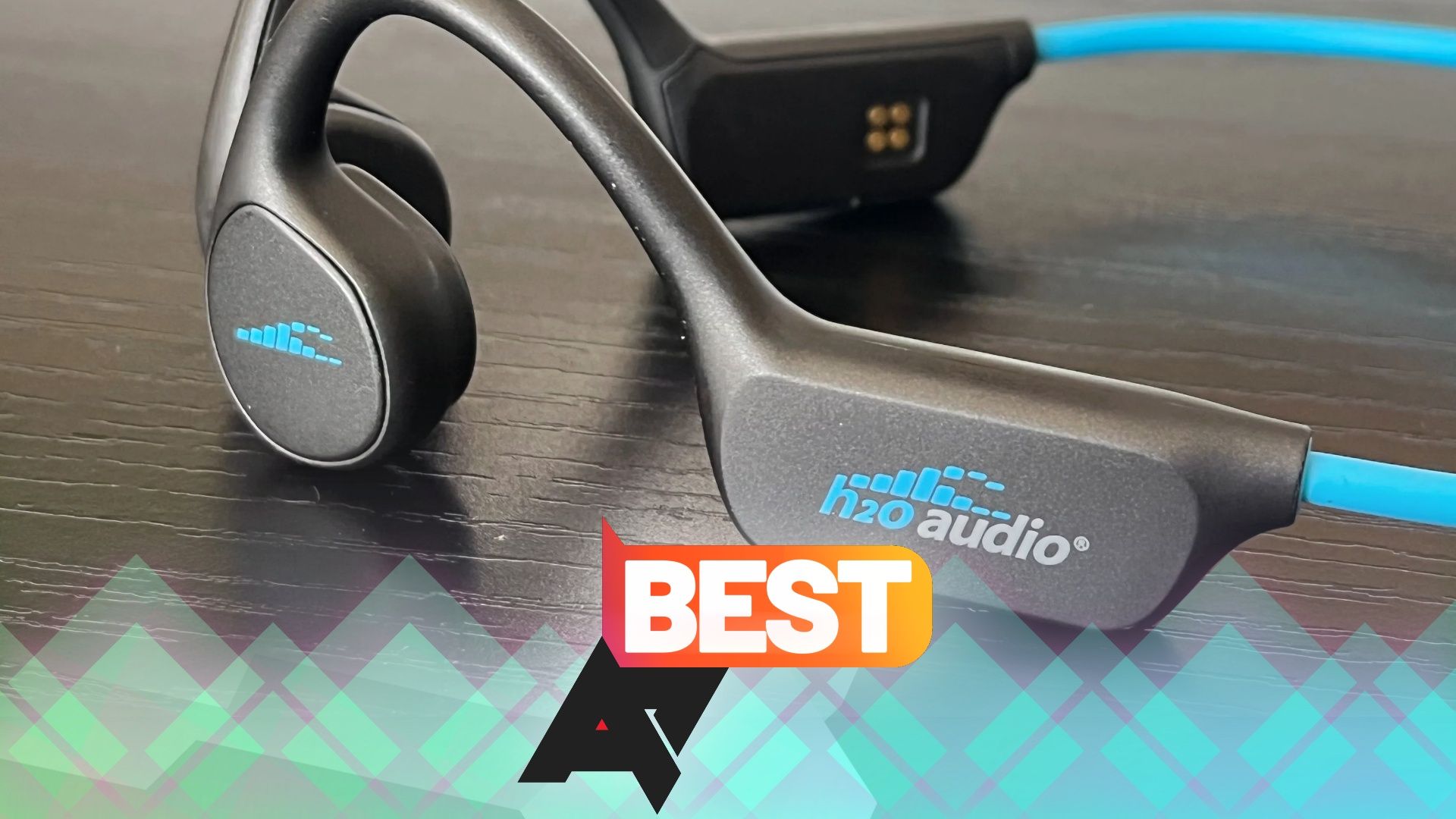
Out of all the different audio gear form factors, bone-conduction headphones may be the most unique. You've seen plenty of earbuds and over-ear headphones, both wired and wireless, and they all have their purposes. So, why would you depart from the tried-and-true options that everyone loves? Because standard earbuds and headphones have a problem — they block your ears and prevent you from being aware of your surroundings.
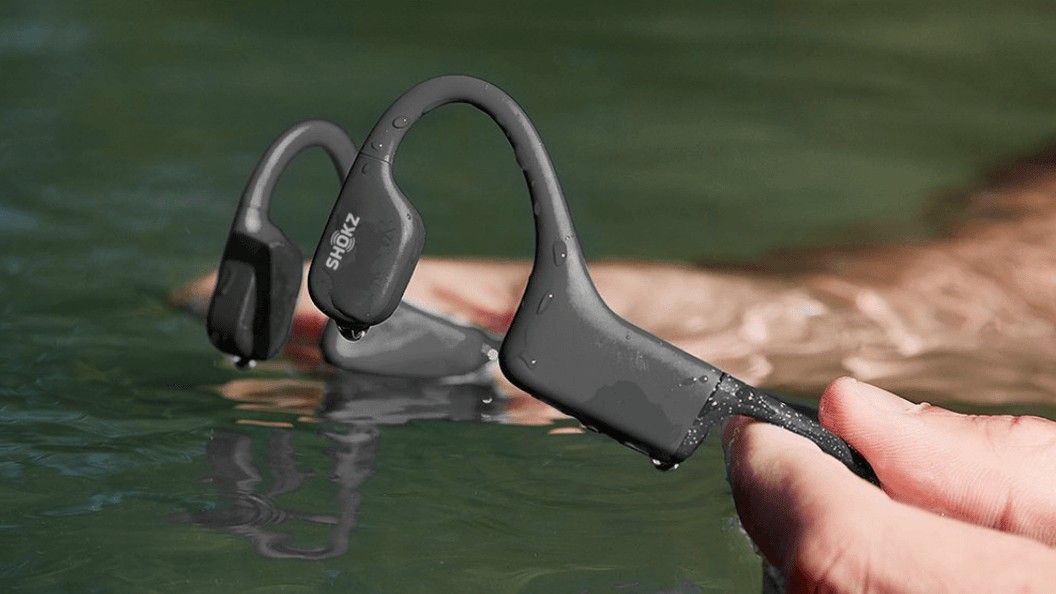
There’s no better way to listen to music in the water than with the best bone-conduction headphones. Sure, a lot of earbuds these days, especially of the workout variety, have a relatively high water resistance, but they can only stay in the water so long. There are even some waterproof options out there, but they still aren't ideal. That’s because all wireless earbuds rely on Bluetooth connectivity, which just doesn’t work well in the water.
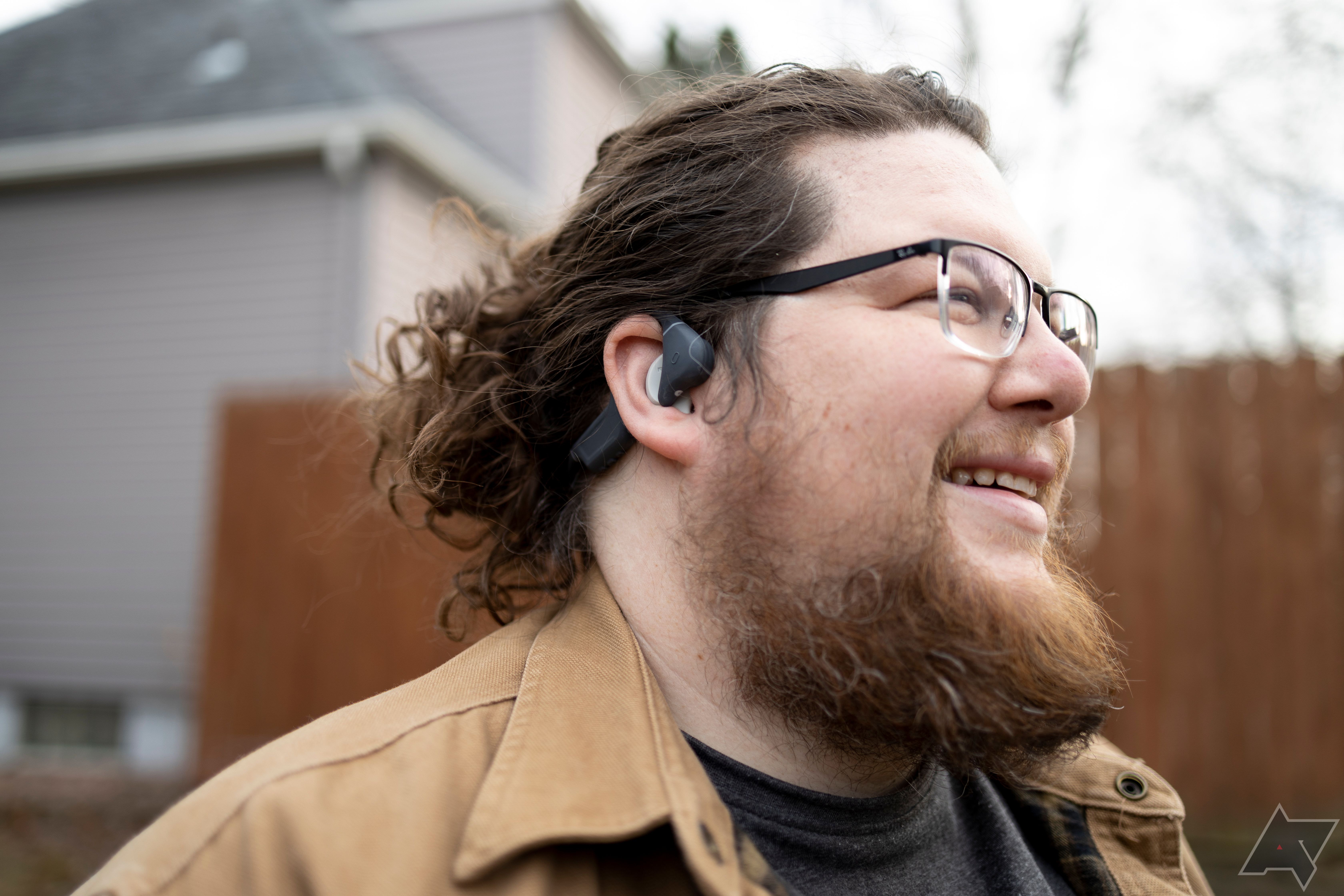
Naenka Runner Diver 2 review: Reliable bone conduction audio for athletes
An athlete's companion against the elements
We might still cringe at the thought of taking electronics in the water, but more and more gadgets these days are perfectly capable of withstanding a dip in the pool. There are underwater cameras and water-resistant phone cases; even the phones come with some waterproofing now. Another category that avid swimmers shouldn't overlook is waterproof headphones and earbuds, which let you keep the tunes tuning even while practicing your backstroke.
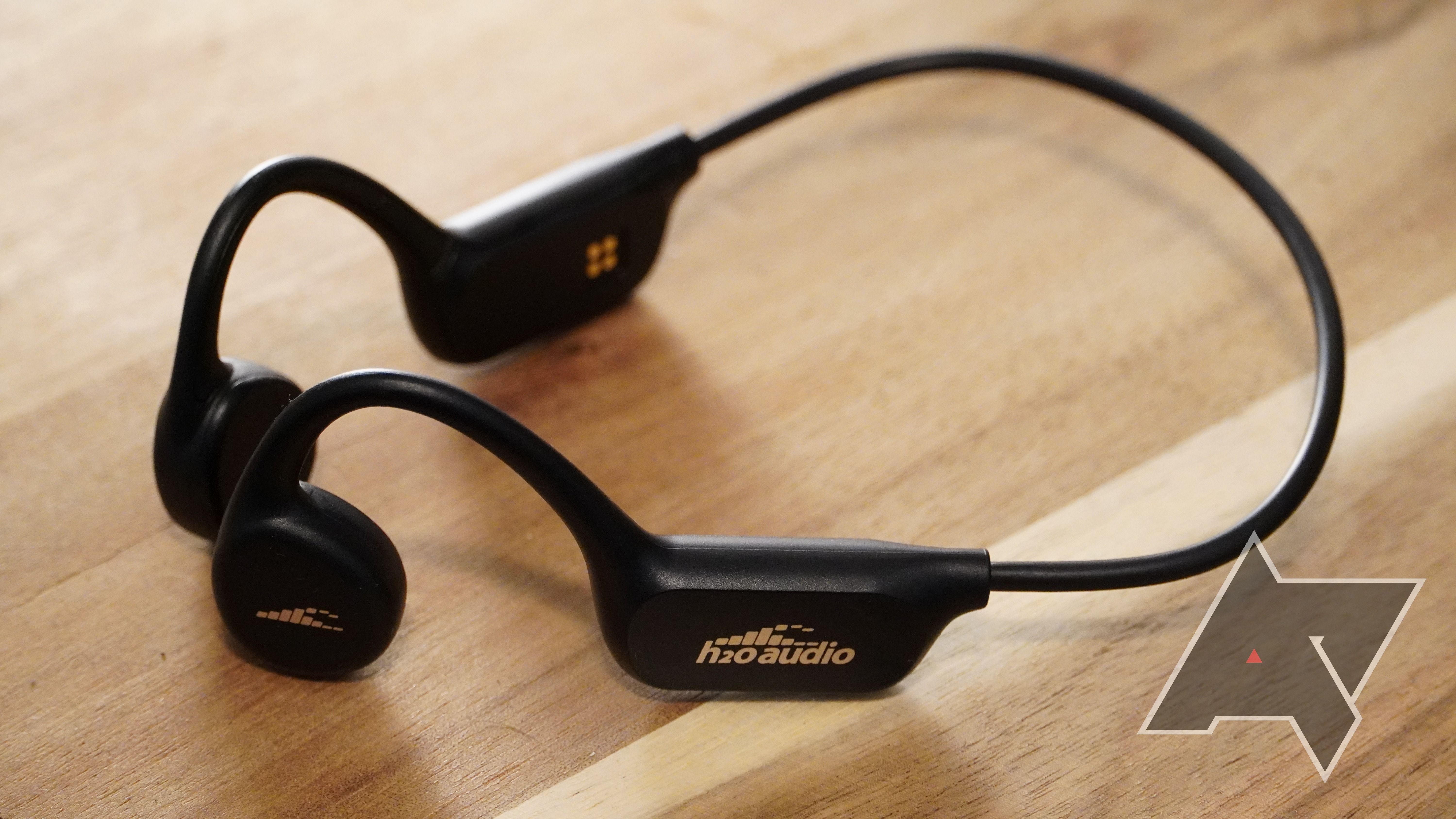
H2O Audio Tri Pro headphones review: An ill-fitting 'upgrade'
They may be waterproof, but these headphones probably aren't what you want for a triathlon (or anything else)
Swimming is a great workout, but it’s boring as dirt. At least that’s how I felt swimming all through high school. The H2O Audio Tri Pro attempts to be the ultimate answer for that boredom, promising to let you listen to music, podcasts, or whatever else while you’re swimming and, as the name suggests, running and cycling as well. Using bone conduction, they play audio through your cheek bones, keeping your ears unobstructed so you can maintain the situational awareness you need in those contexts.
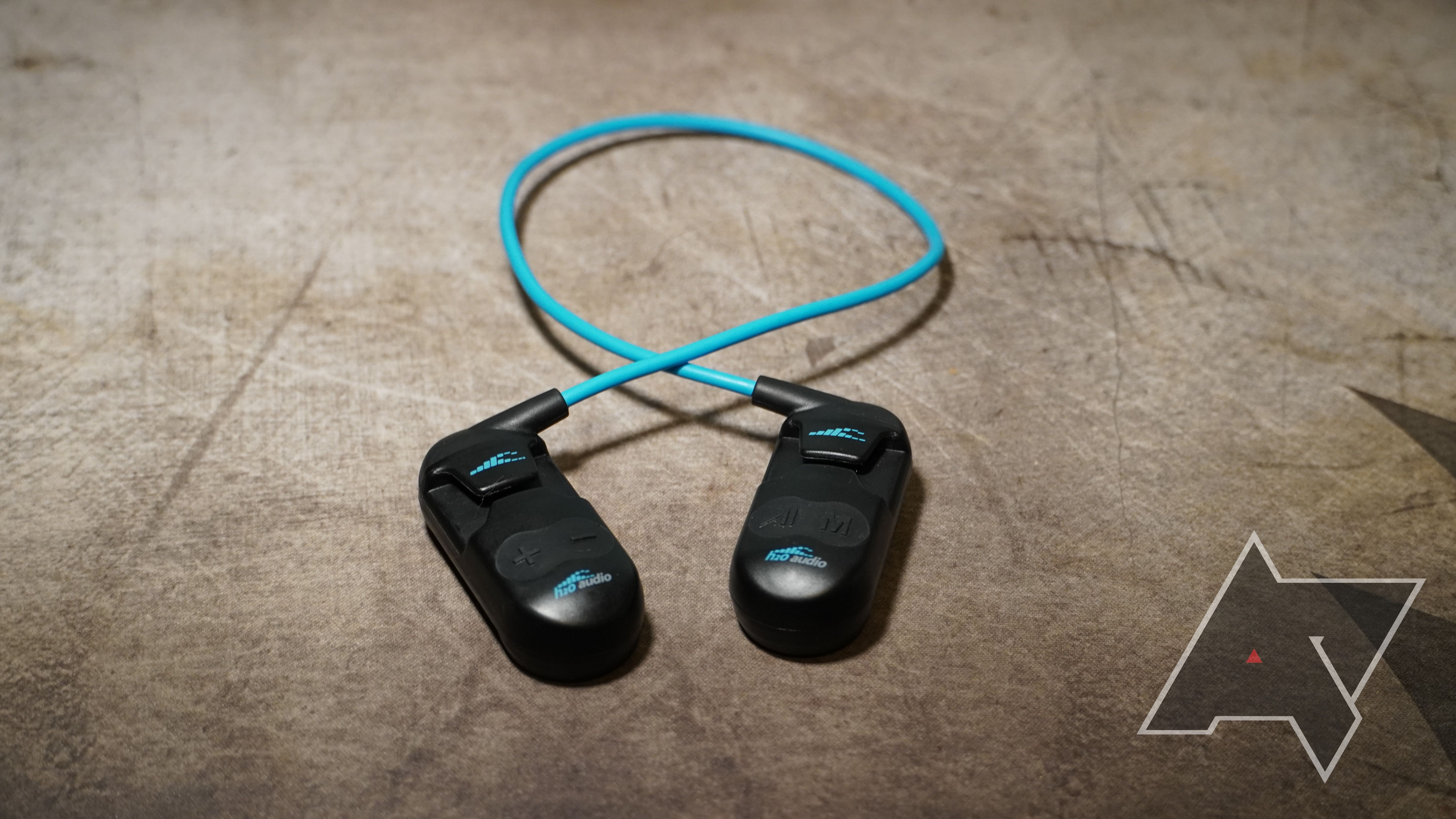
If you’ve ever wondered whether you can swim with a certain pair of earbuds or headphones, the answer is usually no. Even the many that offer an IP68 rating aren’t meant for the more extreme pressures of swimming, and Bluetooth doesn’t travel through water very far. But some headphones are designed for swimming, and the H2O Audio Sonar are perhaps the best among them. With on-board storage and Bluetooth as options, these bone conduction headphones strap right onto your goggles and bring the jams along for even lengthy training sessions. They may be pretty niche, but if you’re searching for swimming headphones, these are probably just what you want.
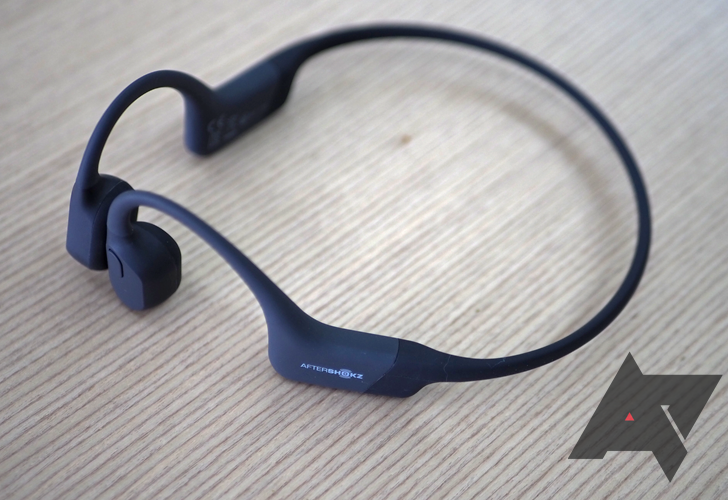
These highly-rated bone conduction headphones are down to their lowest price today
Enhance your workouts with the Shokz OpenRuns for $100.
Can you imagine going for a run without listening to your favorite playlist or true-crime podcast? Probably. But you also know how boring working out can be when you're only left with your thoughts. When you're off to the gym, having a great pair of workout earbuds is almost as important as slipping into a sturdy pair of training shoes.

Our favorite bone-conduction headphones are down to just $125 on Prime Day
That's $55 off the widely-praised Shokz OpenRun Pro headphones
Welcome to the oft-forgotten-about segment of tech known as bone-conduction headphones. These are headphones that use vibrations to send sound waves through your cheekbones, which then travel to your inner ear, and onto your brain. Admittedly, the concept sounds crazy, but this open-ear design offers benefits for running, cycling, and other activities where you need to be very aware of your surroundings. If you're at all interested in trying the technology out, today is a great day to dive in. The premium pick in our roundup of the best bone-conduction headphones, the Shokz OpenRun Pro, is down to an all-time low price for Prime Day.

How do bone conduction headphones work?
Bone conduction headphones work a little differently for when you need a unique solution to your audio needs
As unique as they are niche, bone conduction headphones may seem like gimmicks for the uninitiated, especially considering they rarely sound as good as the best true wireless earbuds on the market. But, they have their particular uses; every model among the best bone conduction headphones are designed to solve a particular problem, whether it's for runners, swimmers, or triathletes. You'll even find models to make life in the office easier.
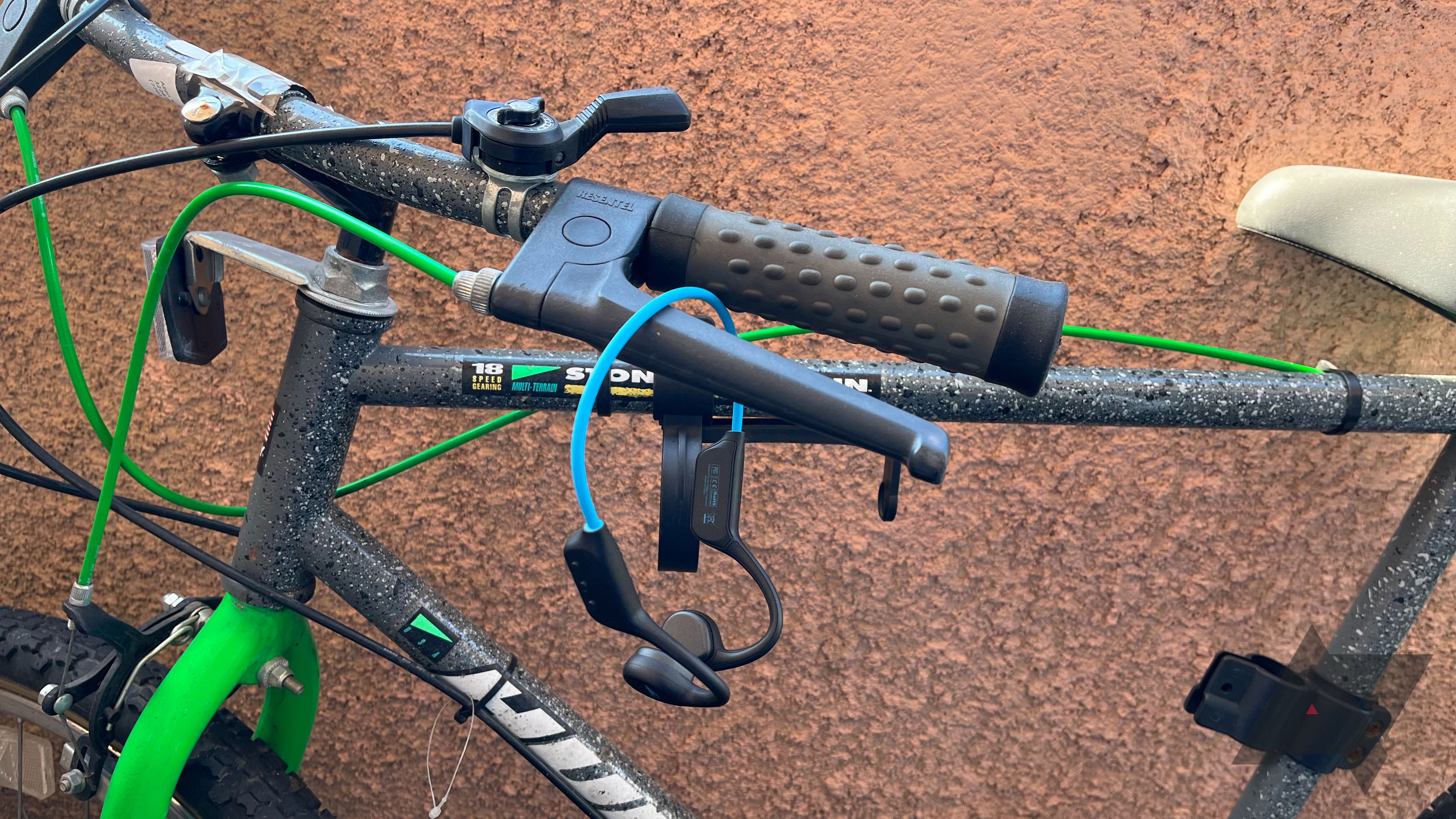
H2O Audio Tri Multi-Sport review: Bone conduction headphones for land and sea
A great option for extreme athletes
The H2O Audio Tri Multi-Sport are a unique pair of headphones from a pretty unique company. Only a few manufacturers out there offer waterproof headphones for swimming and even fewer focus on bone conduction options for the water. Well, H2O Audio is one of them and the Tri Multi-Sport are bone conduction headphones that can spend as much time in the water as on land as they’re fully waterproof. In fact, as the name suggests, these headphones are meant for the activities involved in a triathlon, meaning you can run and bike with them and then take them into the water.
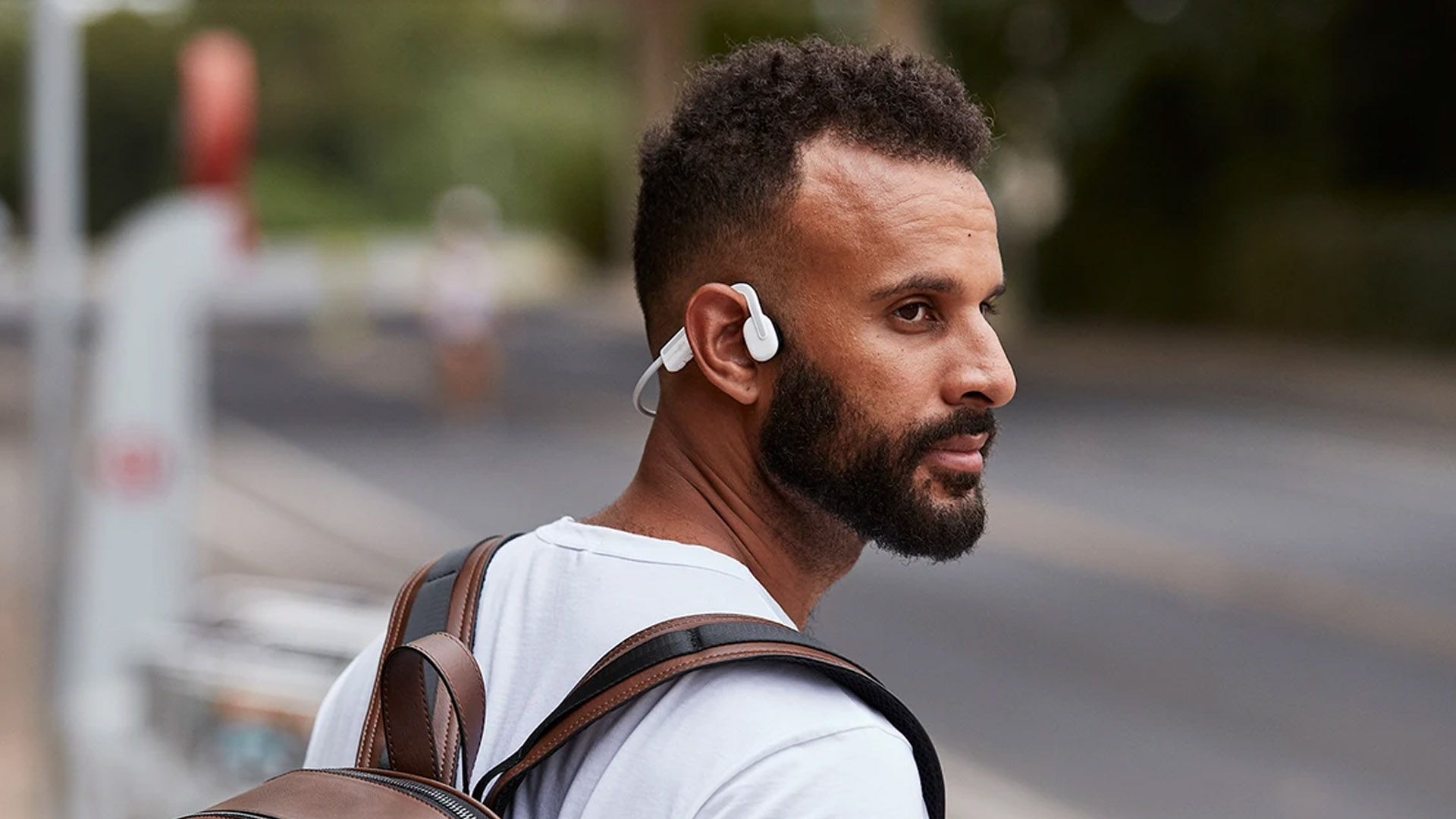
Here's why you should try bone conduction headphones
They're useful for a lot more than just cycling
Active noise cancellation is all the rage in the headphone space, putting a premium on the ability to tune out the world and focus on whatever it is you're listening to. But what if you'd rather do the opposite? What if what's happening around you is actually pretty important, like the sound of your kids trying to beat their record for consecutive days without household destruction, or the rolling-coal diesel that's about to turn you and your bike into a greasy smear in its blind spot?The answer is bone conduction headphones. These gadgets rest outside of your ear canal — outside of your ear entirely, for most designs — and vibrate the bones in your head directly to get the sound to your auditory nerve. The upshot: you get to listen to your music (or video, or podcast, what have you) while still being able to listen to the world around you. Listening to bone conduction headphones is a unique experience, one that's both better and worse than conventional earbuds or around-the-ear headphones. In terms of audio fidelity, well, it kinda sucks. There's no way around that: modern audio just isn't designed with this kind of system in mind. A lot of these designs include foam earplugs, allegedly improving the sound… but that pretty much defeats the entire purpose. So audiophiles can pretty much disregard this post; I'm not one, and I'm usually listening to audiobooks, podcasts, background videos, etc.
Listening to bone conduction headphones is a unique experience, one that's both better and worse than conventional earbuds or around-the-ear headphones. In terms of audio fidelity, well, it kinda sucks. There's no way around that: modern audio just isn't designed with this kind of system in mind. A lot of these designs include foam earplugs, allegedly improving the sound… but that pretty much defeats the entire purpose. So audiophiles can pretty much disregard this post; I'm not one, and I'm usually listening to audiobooks, podcasts, background videos, etc. So what's the point? The point is that you can hear all the stuff around you and whatever you're pumping through your headphones, with more or less equal fidelity. It's hard to describe just how big a deal that is to someone who hasn't tried it before. But let me just list out the reasons that I've come to use bone conduction headphones most of the time:Safety: Ask my buddy and former Android Police editor Cam: bone conduction headphones are really the only safe way to listen to something while riding on a bike, short of strapping a massive speaker to your handlebars. Keeping your ears clear for traffic and other hazards is a must. Joggers and dog walkers could also make good use of these headphones.Situational awareness: You might be familiar with some headphones' pass-through audio mode, which uses microphones to digitally allow external sound in along with whatever it is you're listening to. It's like the reverse of active noise cancellation. I've never tried any headphones with pass-through audio that worked even a tiny bit as well as bone conduction headphones. I'm a bit of a clumsy oaf, so I've started wearing them when grocery shopping, just so I can listen to podcasts without stopping and having people slam into my ass with their previously-silent carts. Bonus: I don't have to take them out when going through the checkout.Comfort: North Texas is so humid that you're basically wading through the air for five months out of the year. In such conditions, there's no kind of headphones that don't get sweaty and nasty in your ears. Enter bone conduction headphones, which aren't in your ears. Combined with their handiness for workouts, these designs are fantastic for keeping cool and comfy when it's soupy.There are a few downsides. In addition to the previously-mentioned drop in audio fidelity, bone conduction headphones also let more noise out via their strong vibrations. So they may not be the best choice If you're in close quarters with other people and you don't want to annoy them, as in public transit. They're also not ideal if the sounds around you are so loud that you really should be using hearing protection: obviously, they offer none.
So what's the point? The point is that you can hear all the stuff around you and whatever you're pumping through your headphones, with more or less equal fidelity. It's hard to describe just how big a deal that is to someone who hasn't tried it before. But let me just list out the reasons that I've come to use bone conduction headphones most of the time:Safety: Ask my buddy and former Android Police editor Cam: bone conduction headphones are really the only safe way to listen to something while riding on a bike, short of strapping a massive speaker to your handlebars. Keeping your ears clear for traffic and other hazards is a must. Joggers and dog walkers could also make good use of these headphones.Situational awareness: You might be familiar with some headphones' pass-through audio mode, which uses microphones to digitally allow external sound in along with whatever it is you're listening to. It's like the reverse of active noise cancellation. I've never tried any headphones with pass-through audio that worked even a tiny bit as well as bone conduction headphones. I'm a bit of a clumsy oaf, so I've started wearing them when grocery shopping, just so I can listen to podcasts without stopping and having people slam into my ass with their previously-silent carts. Bonus: I don't have to take them out when going through the checkout.Comfort: North Texas is so humid that you're basically wading through the air for five months out of the year. In such conditions, there's no kind of headphones that don't get sweaty and nasty in your ears. Enter bone conduction headphones, which aren't in your ears. Combined with their handiness for workouts, these designs are fantastic for keeping cool and comfy when it's soupy.There are a few downsides. In addition to the previously-mentioned drop in audio fidelity, bone conduction headphones also let more noise out via their strong vibrations. So they may not be the best choice If you're in close quarters with other people and you don't want to annoy them, as in public transit. They're also not ideal if the sounds around you are so loud that you really should be using hearing protection: obviously, they offer none.
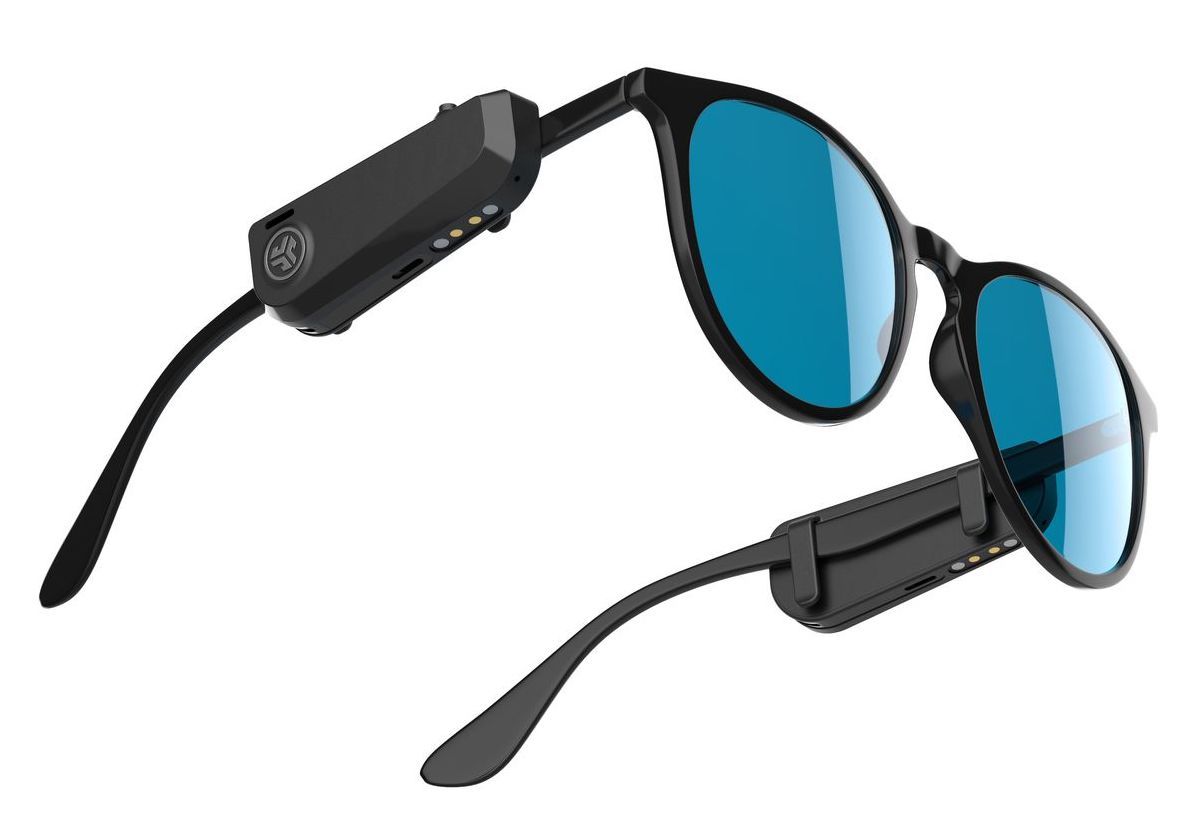
JLab's latest product can transform your regular glasses into Bose Frames for just $50
Arriving in early spring
If you've never been a fan of cramming tiny little speakers all up inside your ears just to listen to some music, you're probably aware of alternative open-ear solutions like bone-conduction headphones, or sunglasses with audio ports. We've seen plenty of offerings along those lines over the years, but they've never been particularly affordable. Trying to address that angle, JLab is introducing its new JBuds Frames, with the aim of transforming your existing glasses into audio-integrated eyewear.
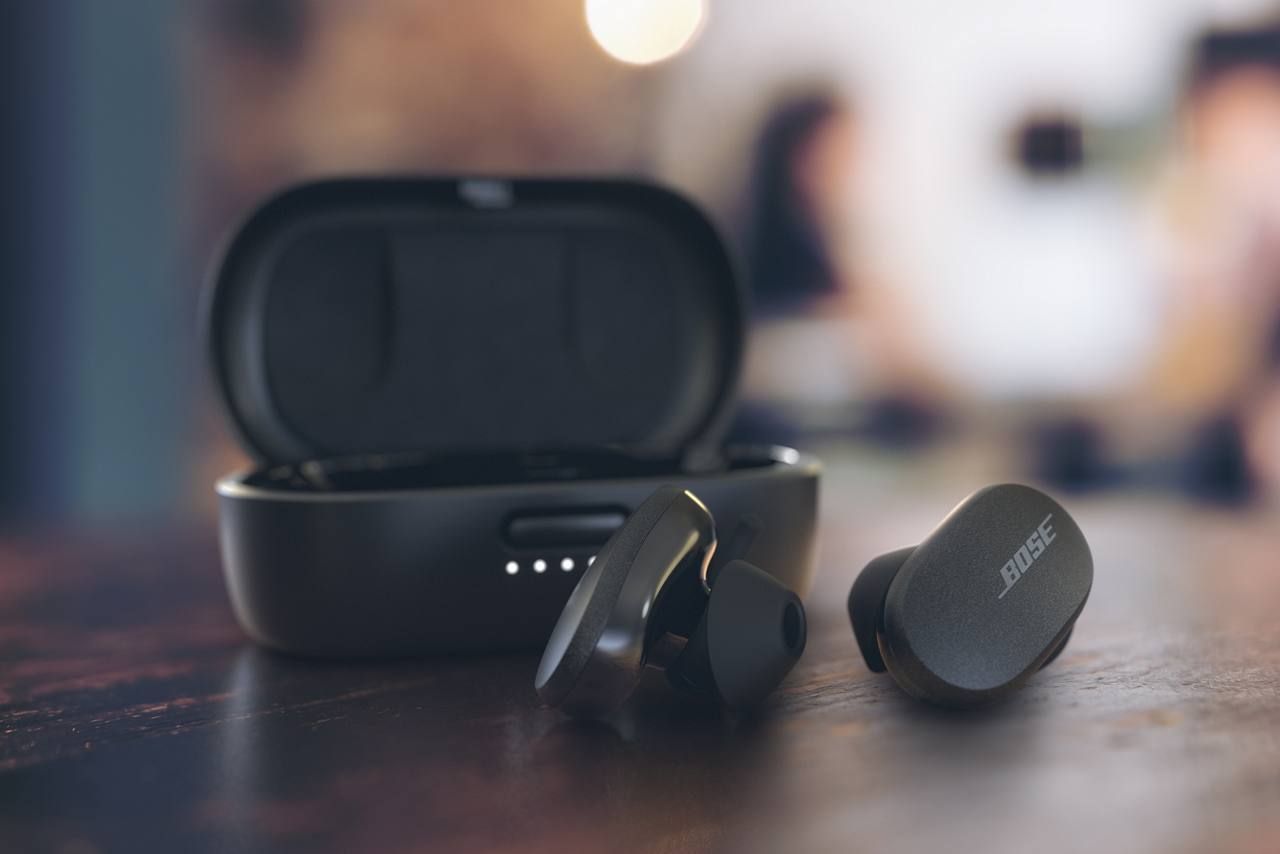
Bose opens pre-orders for $280 QC Earbuds, its first with ANC
Also on sale today, Bose-branded glasses
Bose has a new batch of earbuds and, believe it or not, sunglasses available for the holidays this year — including the company's first pair of active noise canceling true wireless earbuds under the QuietComfort brand that's familiar to over-ear headphone owners.
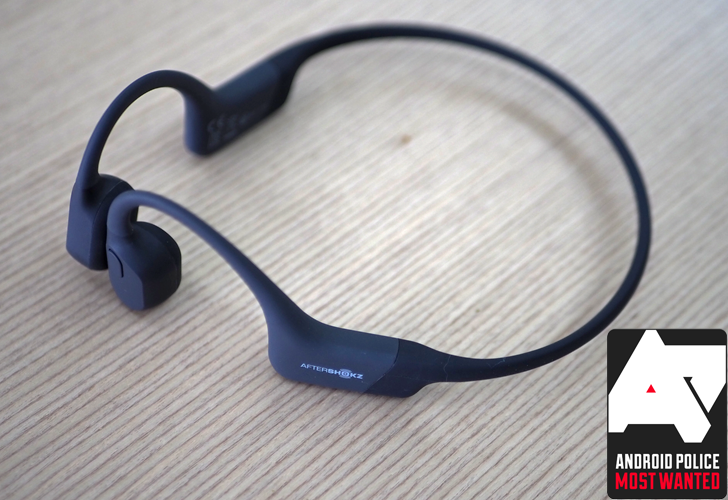
AfterShokz Aeropex review: Bone conduction makes these headphones cool and practical for outdoor use
Regardless of the form factor, connectivity, and any other specs, the idea behind most audio headsets is that the sound should pass by your eardrum. That makes sense — after all, that's how we all hear. Bone conduction headphones challenge that idea. They use a magical technology to bypass your eardrums altogether.The result is headphones that are comfortable to wear even if you dislike the feeling of lodged in-ear buds or the weight and pressure of over-ear headsets. They also keep your ears open for maximum awareness. Whether or not this is a product you need is up to you, but if you're in the market for bone conduction headphones, AfterShokz's new Aeropex is an excellent option thanks to its comfort, stability, and sound quality. The $160 price, however, is a little on the steep side.
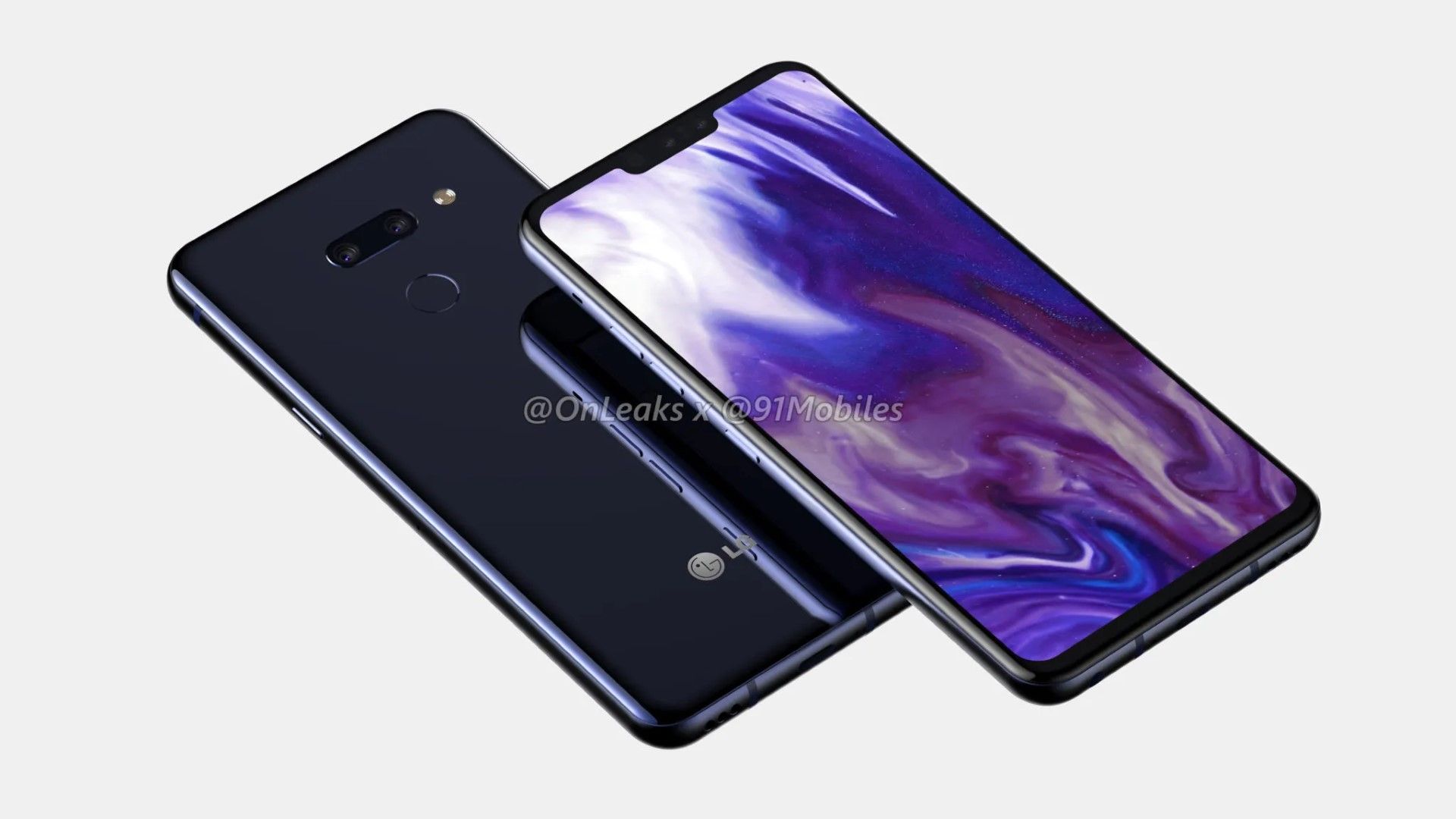
Read update
- XDA Developers has released an additional render of the LG G8. The images don't show anything new, except a 'G8 ThinQ' logo below the fingerprint sensor. No additional details about hardware, pricing, or availability were provided.
LG's recent entrants into the flagship mobile space haven't been the most exciting phones — though it was funny seeing LG launch the V30 three times. Now a series of renders and a 360-degree video from @OnLeaks and 91mobiles have given our first potential glimpse at LG's upcoming G8. And if you've seen the G7, then this new phone will look pretty familiar, though it has a pretty big twist: There's no earpiece. Allegedly, the upcoming phone vibrates the display to produce sound instead.
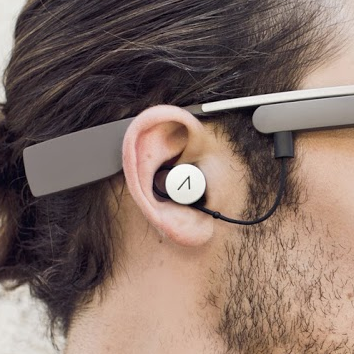
In case you hadn't heard, there's a new version of Google Glass coming, and all current Glass Explorers are invited for a free upgrade. In addition to presumably boosted specs and support for prescription lenses, the new model will have an audio-out port for an included and optional mono earbud. Google posted the following photos of the hardware in action on the Glass Google+ page.













